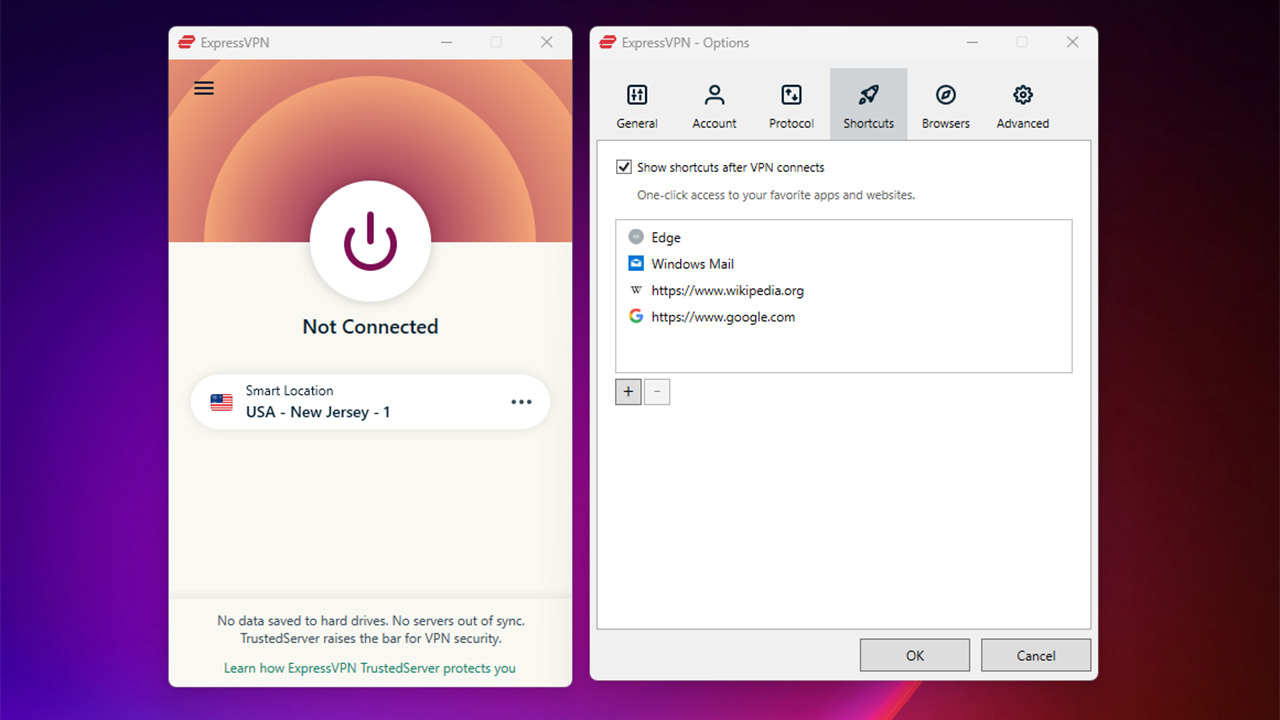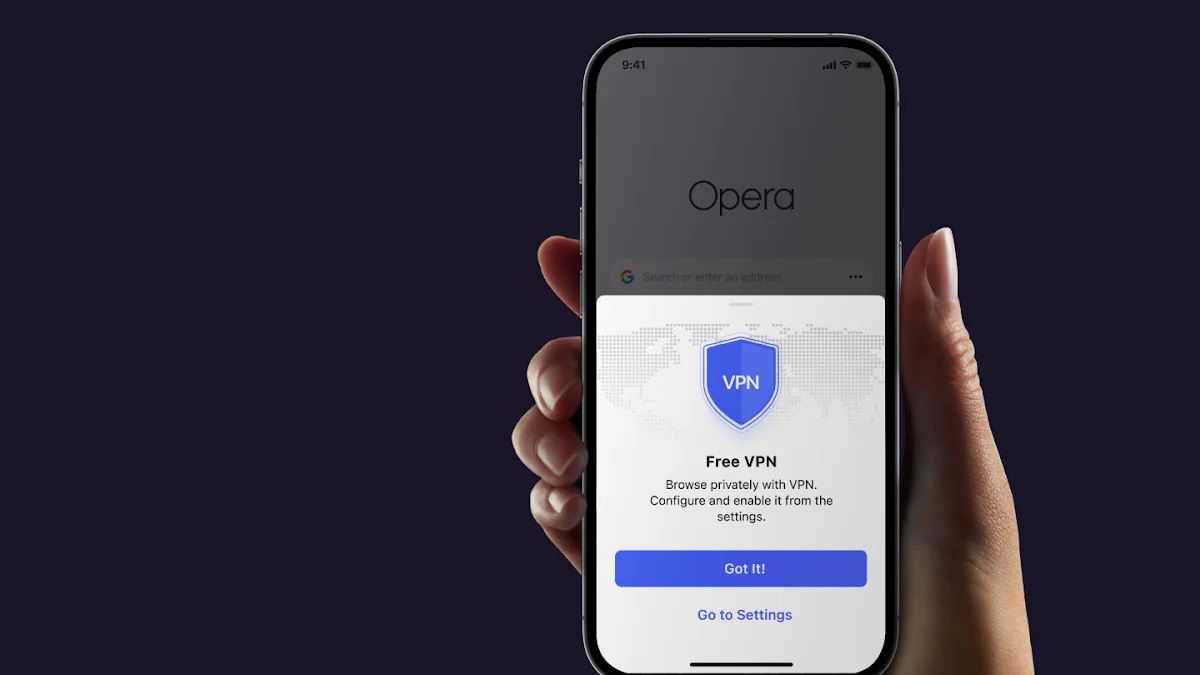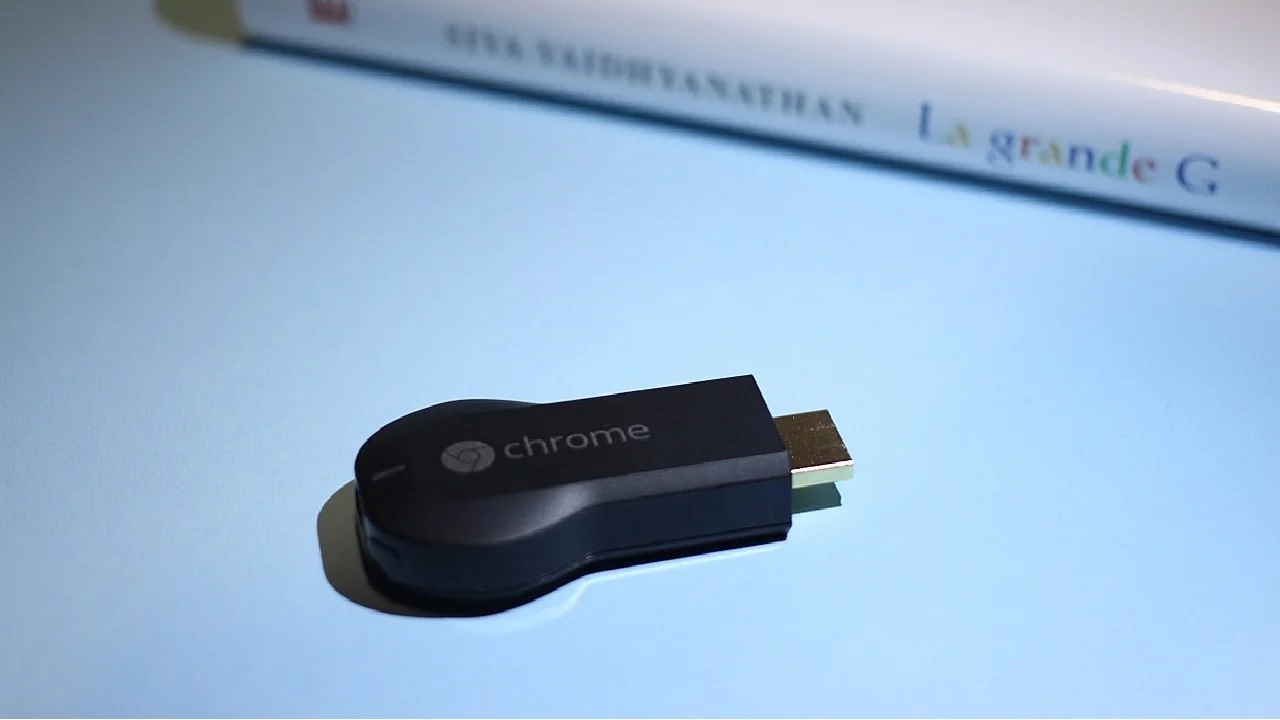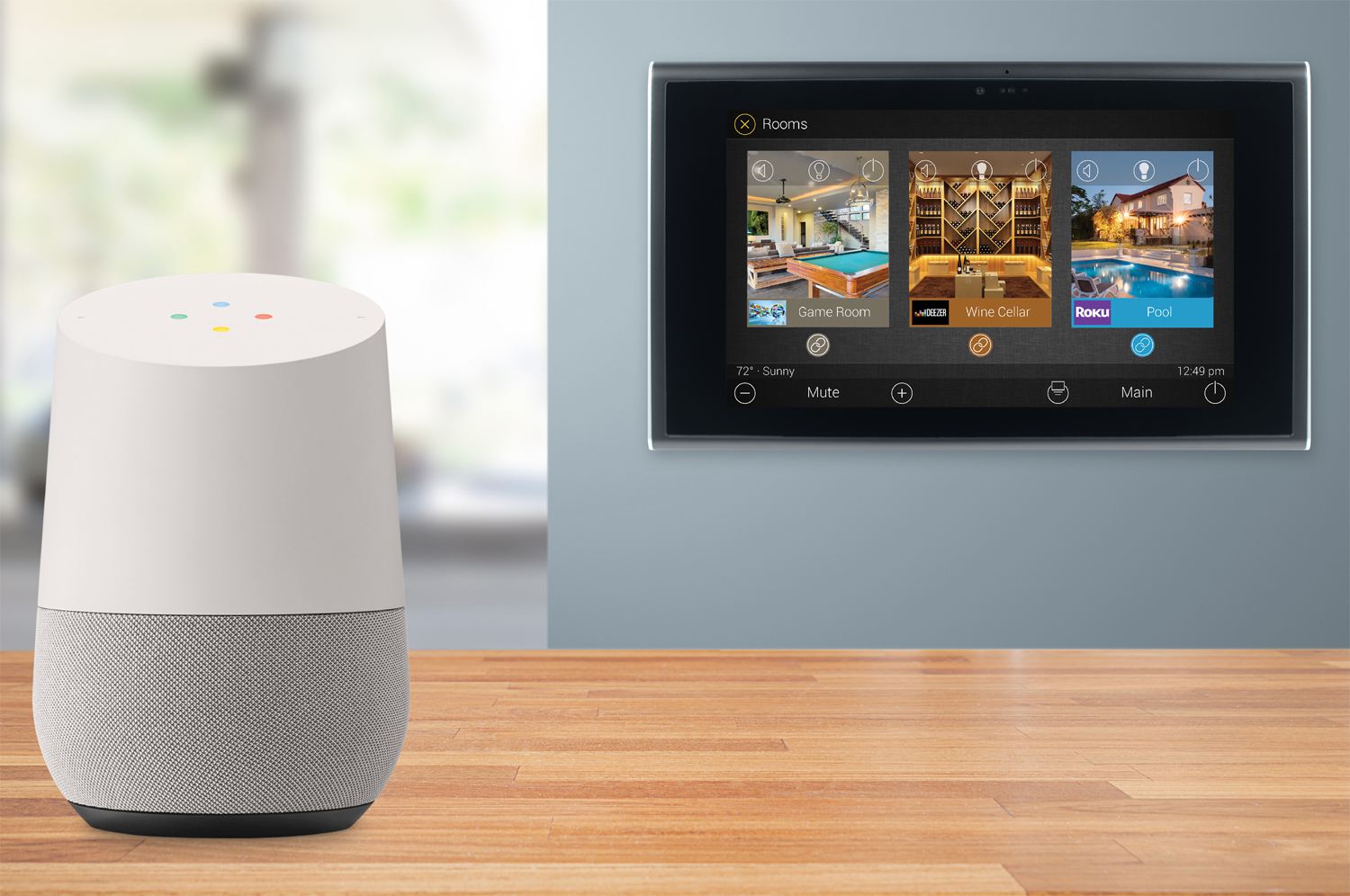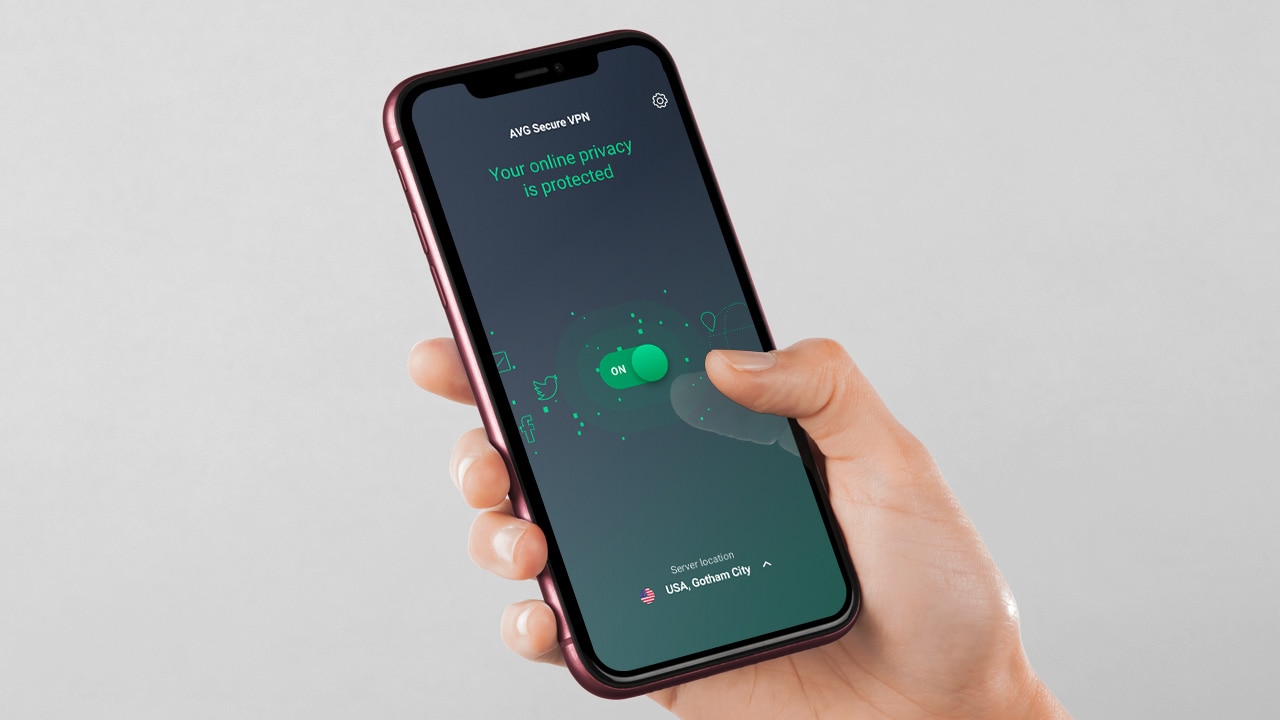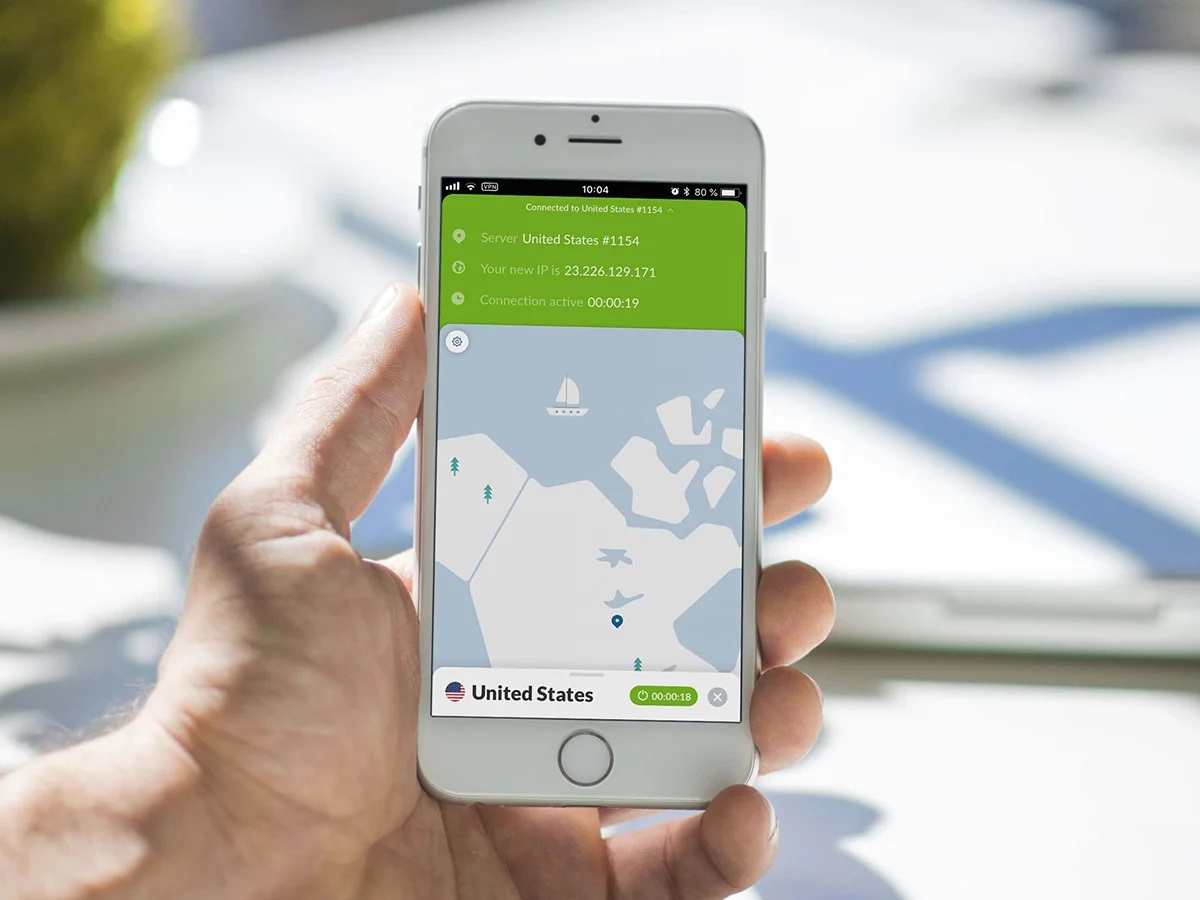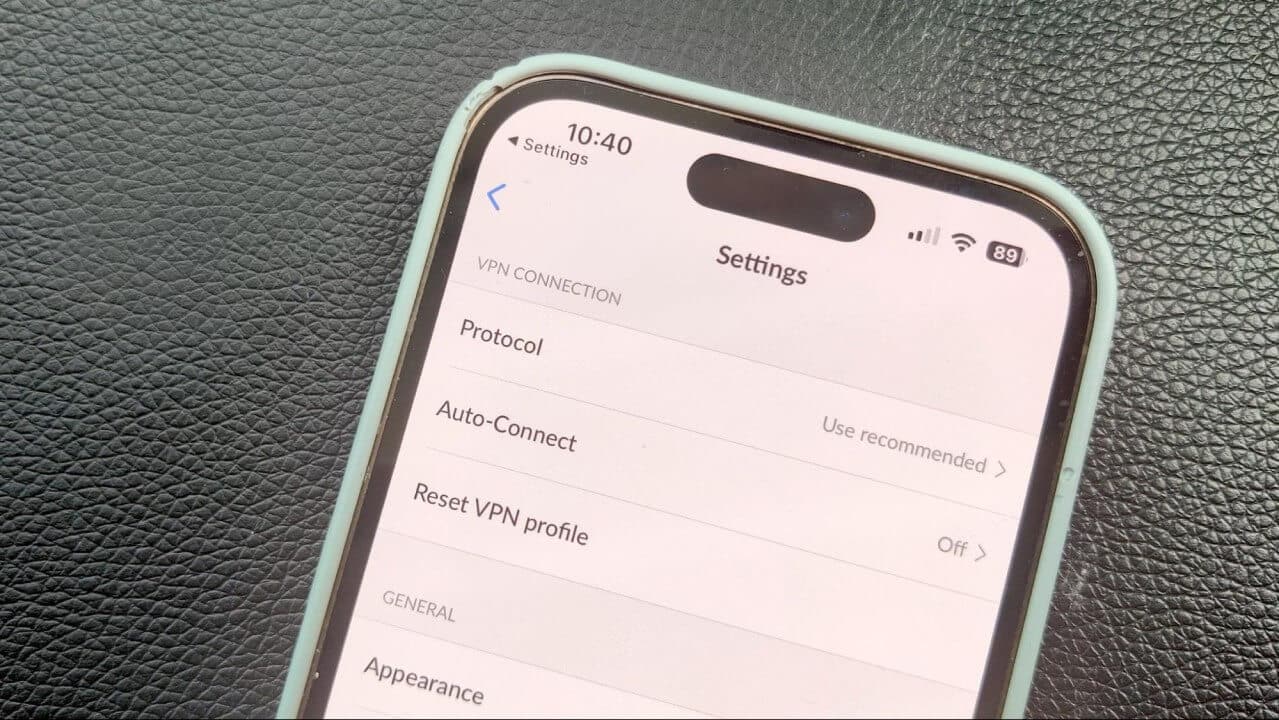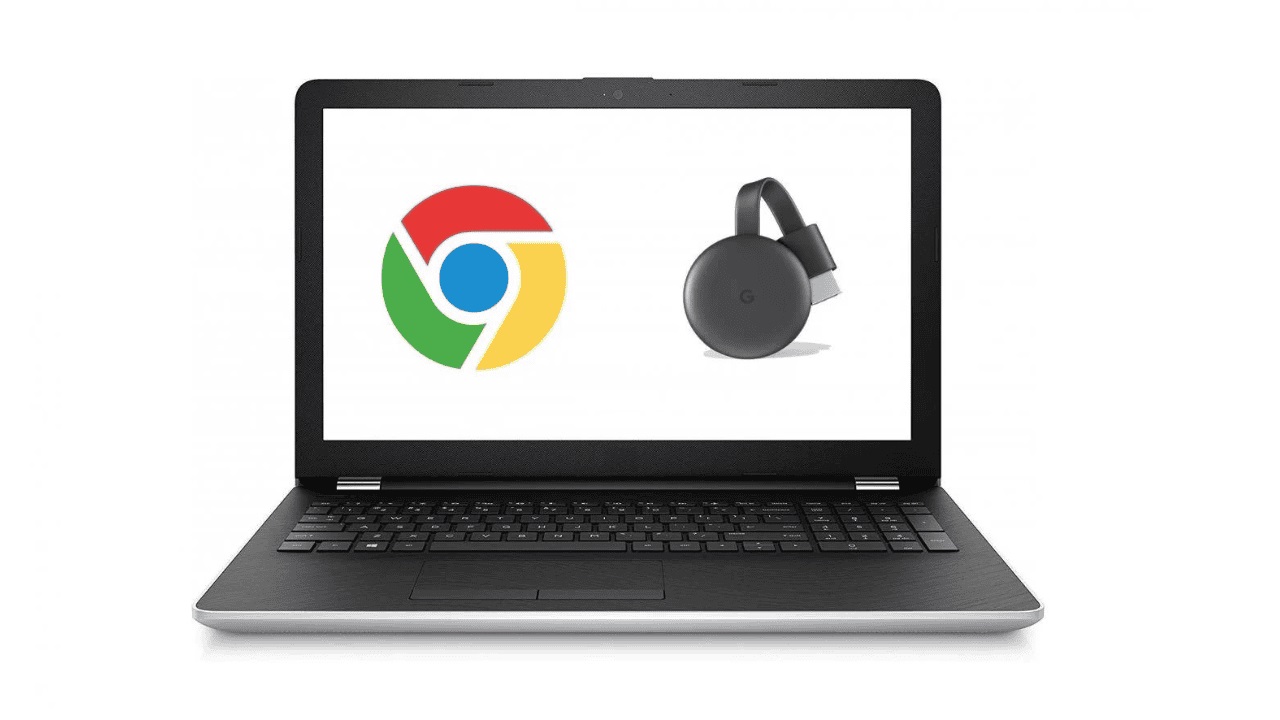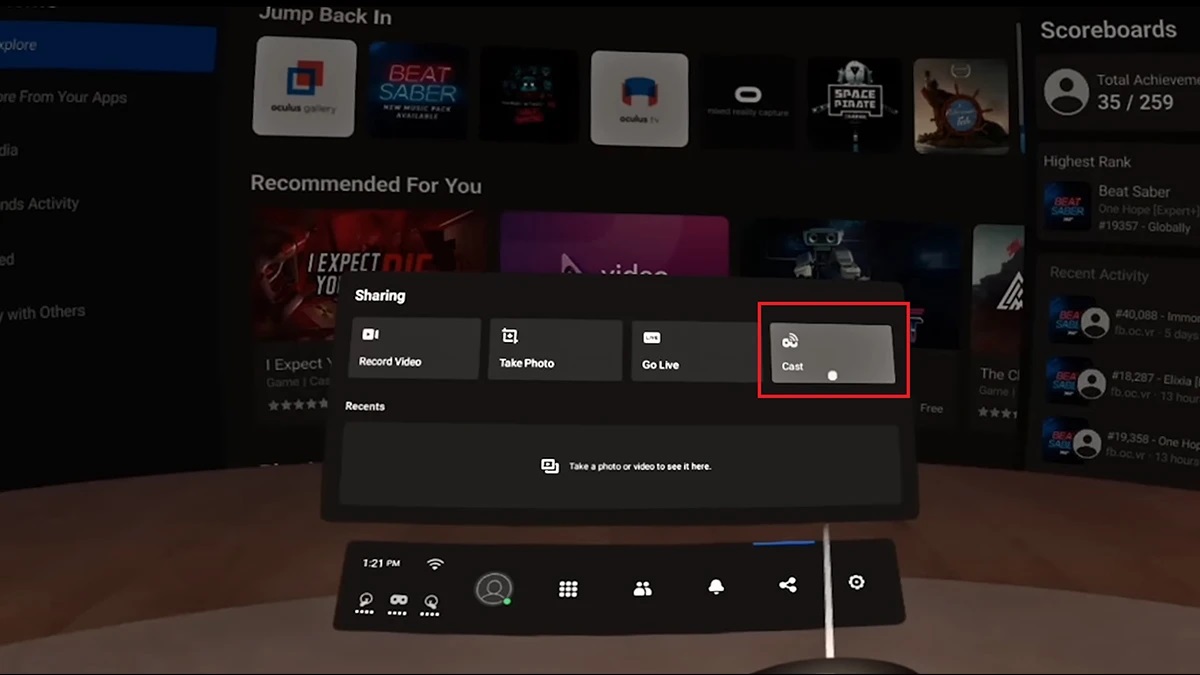Home>Software and Apps>How To Change iPhone Location Without VPN
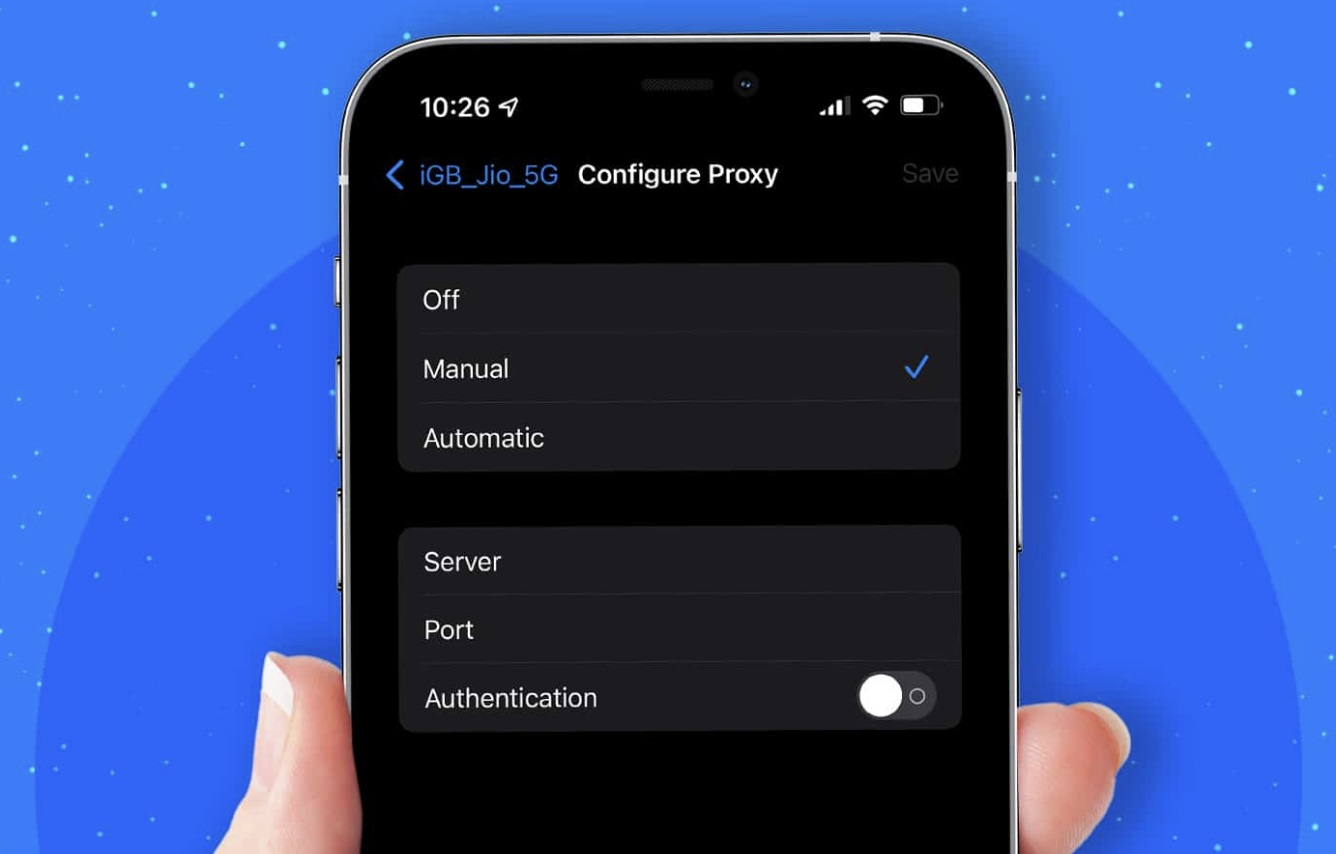

Software and Apps
How To Change iPhone Location Without VPN
Modified: September 5, 2024
Learn how to change your iPhone location without using a VPN with the help of software and apps. Find out the best methods to spoof your location easily.
(Many of the links in this article redirect to a specific reviewed product. Your purchase of these products through affiliate links helps to generate commission for Techsplurge.com, at no extra cost. Learn more)
Table of Contents
Method 1: Using Location Spoofing Apps
Changing your iPhone's location can be straightforward with location spoofing apps. These apps simulate a different location on your device, useful for testing or gaming.
Read more: How To Change VPN Location
Step-by-Step Guide to Using Location Spoofing Apps
-
Choose a Location Spoofing App:
- Several apps are available on the App Store for spoofing your location. Popular options include Fake GPS Location, Location Spoofer, and Fake GPS GO.
- For this guide, Fake GPS Location will be used as an example.
-
Download and Install the App:
- Open the App Store on your iPhone.
- Search for "Fake GPS Location" and download the app.
- Once installed, open the app.
-
Set Up the App:
- After opening the app, a map interface will appear. Use this map to select any location to fake as your current location.
- Tap on the map to select a new location. Specific coordinates can also be entered if known.
-
Enable Mock Location:
- To make the app work, enable mock location on your iPhone.
- Go to Settings > General > VPN & Device Management.
- Tap on "Developer" and then toggle on "Mock Location."
-
Start Spoofing Your Location:
- Once the desired location is selected and mock location enabled, the app will start simulating that location.
- Any app relying on your location will now see the fake coordinates.
Important Considerations
- App Compatibility: Not all apps support mock locations. Some might detect spoofing apps and may not function correctly.
- Battery Life: Location spoofing apps can consume more battery power because they simulate GPS signals.
- Legal Implications: Changing your location for testing or gaming is generally acceptable. However, using these apps for malicious activities like cheating in games or deceiving others is against most apps' terms of service and can result in account bans.
Method 2: Using iOS Features
iOS provides built-in features to manage location settings without third-party apps. While not as powerful as location spoofing apps, they can still be useful in certain situations.
Step-by-Step Guide to Using iOS Features
-
Access Location Services Settings:
- Go to Settings > Privacy > Location Services.
- A list of all apps with access to your location and their current status (e.g., Always, While Using the App, Never) will appear.
-
Fake Location Using iOS Features:
- iOS does not provide a straightforward way to fake your location using built-in features alone. However, temporarily disabling location services for specific apps is possible.
- For example, to test an app without giving it access to your real location, toggle off its location services permission.
-
Using iOS Shortcuts:
- While not directly related to faking your location, iOS shortcuts can help automate tasks related to managing your device's settings.
- Create custom shortcuts that temporarily disable or enable location services for certain apps using the "Turn On/Off Location Services" action within Shortcuts.
Important Considerations
- Limited Functionality: Built-in iOS features are designed primarily for managing app permissions rather than simulating fake locations.
- App-Specific Management: Manage individual app permissions rather than setting a global fake location.
Method 3: Using Third-Party Services
Several third-party services offer location spoofing capabilities without requiring app downloads. These services often create a fake GPS signal that your device can detect and use.
Step-by-Step Guide to Using Third-Party Services
-
Choose a Service Provider:
- Several online services provide location spoofing capabilities. Popular options include GeoGennius and LocationFaker.
- For this guide, GeoGennius will be used as an example.
-
Sign Up for the Service:
- Visit the website of your chosen service provider (e.g., GeoGennius).
- Sign up for an account if required.
-
Generate Fake Coordinates:
- Once logged in, enter specific coordinates or select a location from a map interface.
- Ensure the correct format for entering coordinates (e.g., latitude and longitude).
-
Use the Fake Coordinates:
- After generating fake coordinates, instructions on how to use them with your device will be provided.
- This usually involves entering the coordinates into your device's settings or using an app that supports mock locations.
-
Enable Mock Location (if necessary):
- If using an app requiring mock location enabled, follow similar steps as described earlier in Method 1.
Important Considerations
- Dependence on Internet Connection: These services often rely on an active internet connection to function correctly.
- Security Risks: Using third-party services can pose security risks if not chosen carefully. Always ensure reputable services are used.
Method 4: Using Jailbreak Methods
For advanced users with jailbroken iPhones, more sophisticated methods are available that can simulate fake locations more effectively than standard methods.
Step-by-Step Guide to Using Jailbreak Methods
-
Install Cydia Substrate:
- If your iPhone is already jailbroken, Cydia is likely installed.
- Open Cydia and search for "Cydia Substrate."
- Install it if not already installed.
-
Install Location Spoofer Tweak:
- Search for "Location Spoofer" in Cydia.
- Install the tweak once found.
-
Configure Location Spoofer:
- After installation, go back to the home screen and find the Location Spoofer icon.
- Open it up and configure it according to your needs (e.g., selecting a new location).
-
Enable Mock Location:
- Go back into Settings > General > VPN & Device Management.
- Toggle on "Mock Location."
-
Start Spoofing Your Location:
- Once configured properly, start using any app relying on your location to see the fake coordinates.
Important Considerations
- Jailbreak Risks: Jailbreaking voids the device's warranty and introduces potential security risks if not done correctly.
- Compatibility Issues: Some tweaks may not be compatible with newer iOS versions or other installed tweaks, so be cautious when installing new software.
Changing your iPhone's location without using a VPN is possible through various methods, each with its own set of advantages and disadvantages. Using location spoofing apps is one of the most straightforward ways but requires enabling mock locations on your device. iOS features provide limited functionality but can still be useful for managing app permissions. Third-party services offer an alternative solution but come with security risks if not chosen carefully. For advanced users who have jailbroken their iPhones, there are more sophisticated tweaks available that can simulate fake locations more effectively. Always consider the legal implications and potential risks associated with each method before proceeding.
By understanding these methods and their limitations, you can choose the best approach based on your specific needs and ensure that you are using your device responsibly while achieving your desired outcomes.

